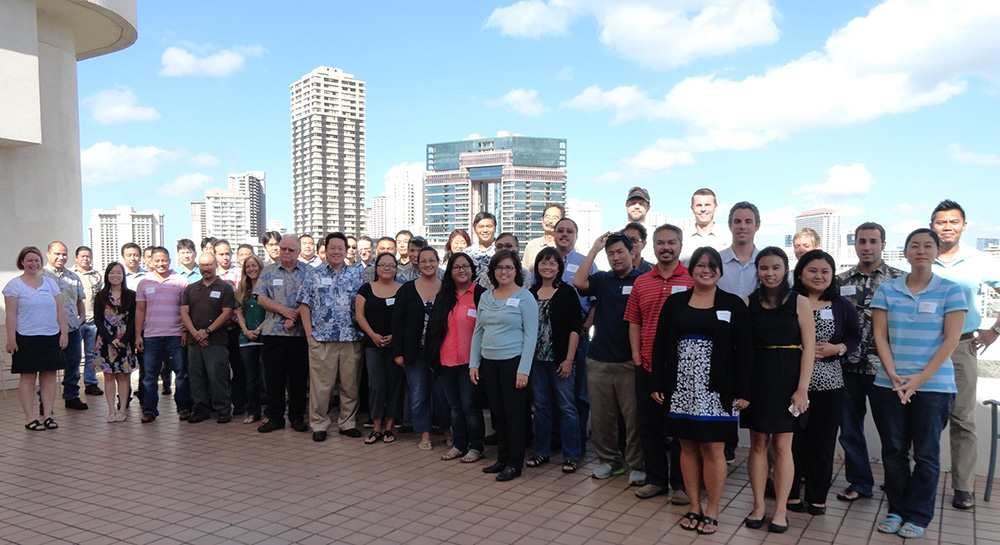The majority of roadway designs are based on elements derived from state, county, and city design standards. The role of the engineer is often reduced to transcribing these standard elements into a coherent plan form. The upside of this approach is that the design standards provide justification for any issues that may arise from the design. In contrast, the responsibility for good roundabout design is still in the hands of the designer. It is necessary to use critical thinking to engineer site-specific roundabouts, and this puts engineering back into the design process. For this reason (among many others), it is an exciting time to be a roundabout designer, and it is rewarding to see this enthusiasm and willingness to take responsibility reflected in our roundabout design students.
A Need for Instruction
Reid Middleton first began teaching roundabout courses in 2004. The Washington State Department of Transportation (WSDOT) approached us to provide design training because roundabout production was outpacing design expertise.
Poor roundabout designs also cause problems with public perception. The public typically cannot discern a well-designed roundabout from one that is poorly designed. Once they have a poor opinion of one, they typically dislike all roundabouts.
Since 2004, we have taught 34 roundabout design classes to 927 students, representing 82 public and 108 private agencies in Washington, Idaho, California, Texas, Hawaii, and British Columbia. The need for roundabout classes has continued as a result of turnover and promotion of staff in public and private agencies.
Teaching Methodology
In teaching roundabout concepts, it is important to understand the goal of roundabout projects. The flexibility of roundabout design makes it possible to minimize impacts and accommodate intersection challenges, without conceding solid design principles, such as design speeds, entry angles, and an easily negotiated natural drive path. Roundabouts are used by drivers, pedestrians, and bicyclists, and good designs enable them all to successfully share the public right-of-way. To accomplish this, each must traverse through the intersection in a certain way. The driver, pedestrian, and bicyclist are influenced by several elements, including geometrics, signing, striping, and landscaping. Applying guidelines, we teach how to design these elements to holistically interact with one another, accommodate specific site constraints, and achieve the desired behavior.
Reid Middleton provides various types of classes depending on the students’ needs and level of experience. We have developed and continue to refine a curriculum that covers the roundabout design process:
Feasibility Studies – “Roundabouts – What, Where, and Why”
Conceptual Design – “Roundabouts – How”
Peer Review – “Roundabouts – Evaluate and Troubleshoot Designs”
Plan Production – “Roundabouts – from Paper to Concrete”
Construction – “Roundabouts – Staging”

Our classes address commonly voiced comments, concerns, and design deficiencies. Students participate in hands-on roundabout design with exercises that include site-specific conditions. They are taught to identify and remove fatal flaws and refine the design for safe, efficient traffic operations. We show how to establish a balance between competing objectives and avoid common pitfalls that rob capacity and contribute to collisions. Students gain a good understanding of roundabout design principles and can apply this new understanding to their specific design projects.

What Some of Our Students Have to Say
“Your vast knowledge and practical experience was complemented by excellent presentation skills. Each day, the time just flew by with every minute packed with useful and vital information.”
Mavis Johnson, Canadian Traffic Safety Institute
“This course has changed my attitude towards roundabouts – a well-designed roundabout can be very useful in addressing certain traffic conflict situations.”
Teresa Calkins, Travis County, Texas
“Excellent use of visual aids, instructors are very, very knowledgeable about roundabouts.”
John Gruber, WSDOT

